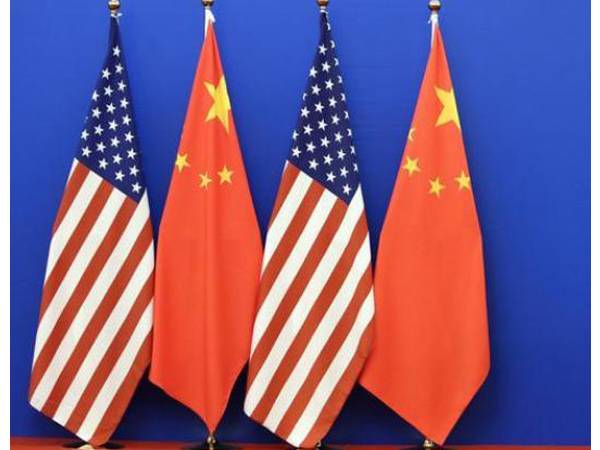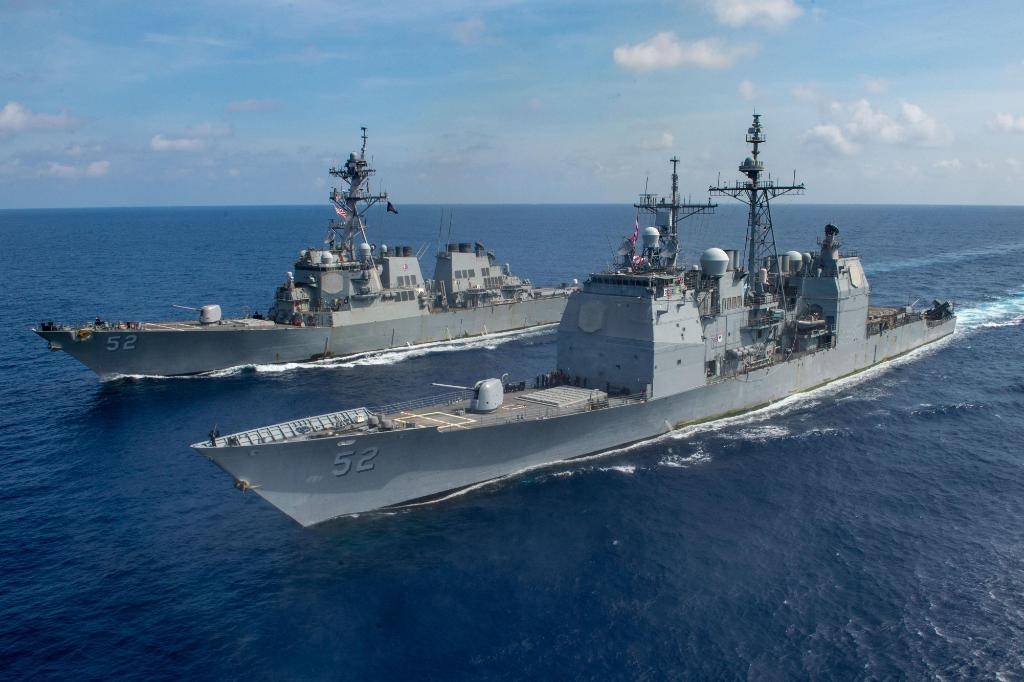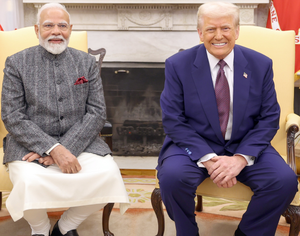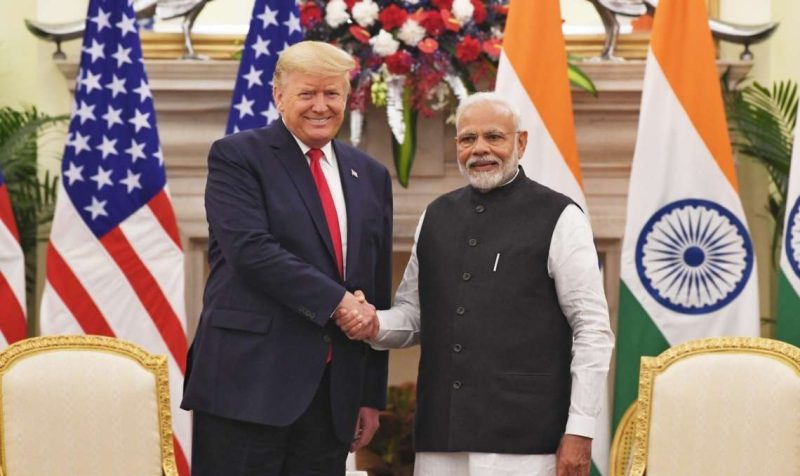The PLA Navy remains mostly concentrated in China’s environs while US Navy scatters task forces about the globe performing sundry errands as a part of it’s maritime strategy….reports Asian Lite News
US navy will be tasked with challenges posed by both Russia and China’s navy in the near future.
China’s People’s Liberation Army Navy (PLA Navy) already numbers 355 ships of war, making it the world’s largest in terms of brute numbers of hulls. And these figures are only trending upward. The PLA may deploy as many as 460 ships by 2030, judging from the latest estimates., according to Hill.
Meanwhile, the US Navy trails behind China’s navy with just 295 hulls displacing water. And while the uniformed navy leadership envisions building up to a fleet numbering between 398 and 512 vessels, a hefty share of those totals between 77 and 140 hulls will be made up of unmanned surface and subsurface craft.
Moreover, the PLA Navy remains mostly concentrated in China’s environs while US Navy scatters task forces about the globe performing sundry errands as a part of it’s maritime strategy.

Only a fraction of American sea power calls the Western Pacific home. Worse still, sea power is no longer all about navies. The PLA Air Force and Rocket Force operate land-based aircraft and missiles galore to back up the firepower of the Chinese fleet riding the main, according to Hill.
Further, the question arises on the role of US Navy in event of a Russo-Ukraine war as the Naval access to the Black Sea would limit the firepower an American task force could bring to bear in Ukraine’s defense.
On the other hand, In the Taiwan Strait in short, the combined might of a larger navy backed up by shore-based air and missile forces would collide with a fraction of a smaller navy. The outcome of a cross-strait war could turn on whether the larger U.S. Pacific Fleet could rush reinforcements to the Western Pacific in time to reverse aggression., according to the Hill.
Meanwhile, China has designed its military strategy precisely to prevent that from happening. Its multilayered “access denial” defenses can commence lashing out at the Pacific Fleet over 2,000 nautical miles from Asian shorelines.
So it’s unclear, judging from raw numbers, whether the U.S. Navy has sufficient mass to prevail in the Taiwan Strait and the Black Sea, according to the Hill. (ANI)














